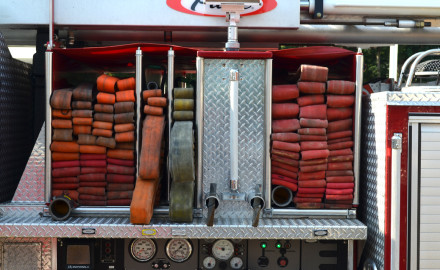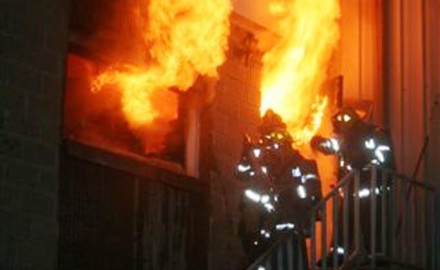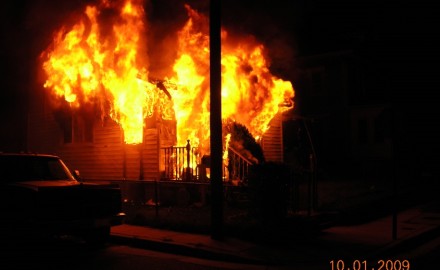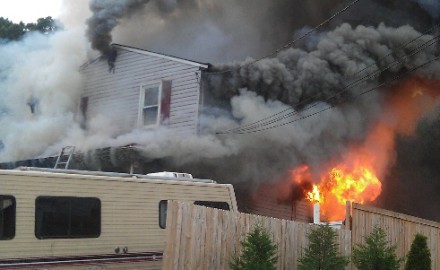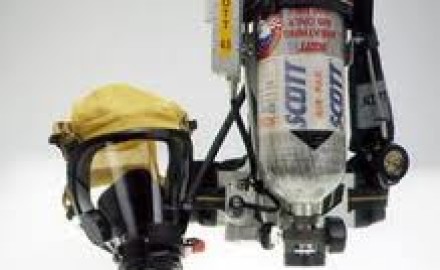The 3 R’s of the Engine Company – The Right Place [Part 3 of 3]
The Right Place Now we have the right line for our fire conditions and we have determined the correct length that will enable us to reach the seat of the fire. Now we must determine the right place to put that line into operation. We can ask ourselves three questions… 1)...
Posted On 23 Sep 2013

